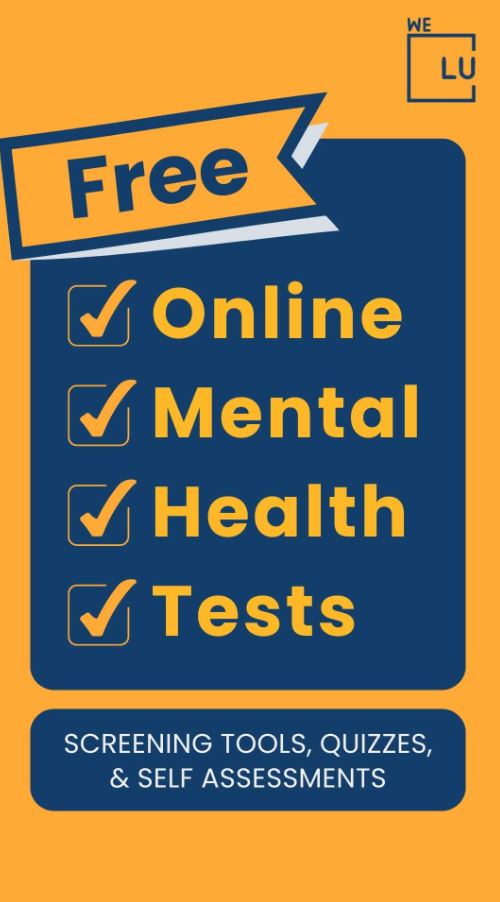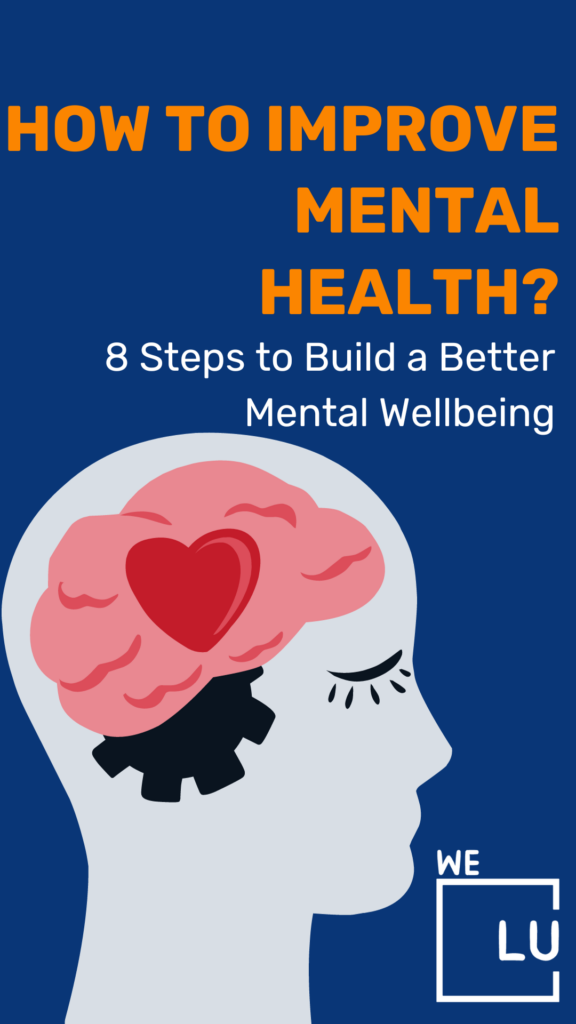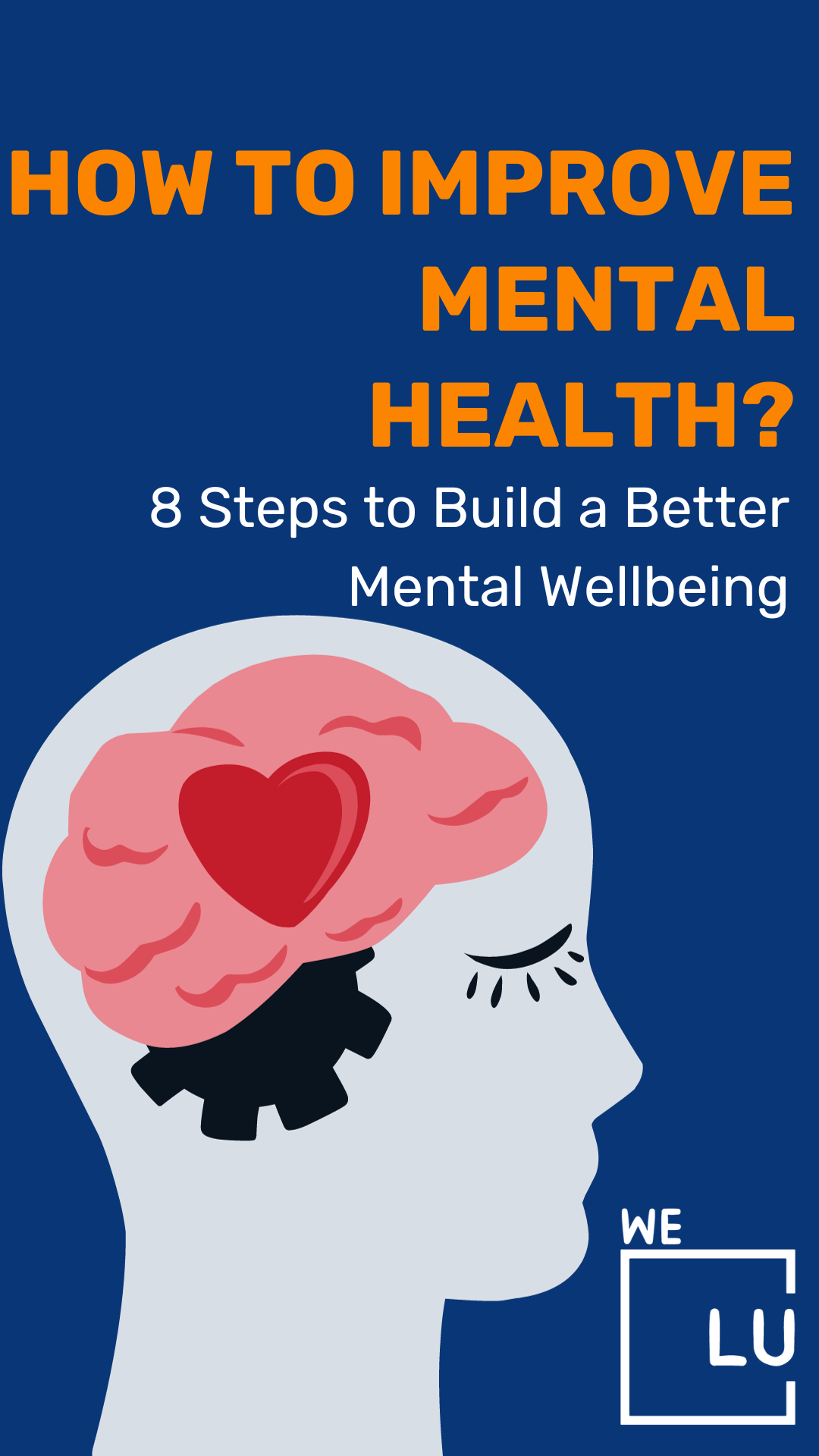Sexual Orientation Test
Please take the following quiz to assess if you want to figure out your sexual orientation. Ensure you answer the questions honestly and thoroughly, reflecting your current emotional state rather than how you aspire to feel. It is important to remember that seeking help is always an option, regardless of the time that has passed. Let’s begin with the “Sexual Orientation Test” from We Level Up’s treatment center network.
Please complete the free Sexual Orientation Test to gain insights into your circumstances. This concise Sexual Orientation Test aims to identify behavioral patterns.
While it can provide valuable information, it is essential to note that it is not intended as a comprehensive diagnosis or for diagnosing a specific type of sexual orientation. We are here and prepared to offer assistance. However, consulting with a healthcare professional for a clinical diagnosis is crucial. Please feel free to contact us 24/7 with any questions, and rest assured that no obligations are involved.
Take Our Free Sexuality Orientation Test
Take Our Sexual Orientation Test Online Confidential Results
Welcome to the Sexual Orientation Self-Reflection Test. This questionnaire is designed to help you explore and reflect on your feelings, experiences, and attractions to gain insights into your sexual orientation. Keep in mind that this is not a diagnostic tool, and sexual orientation is a complex and personal aspect of identity that can evolve over time.
*By taking this free quiz, you may obtain your results online and in your email box. You’ll have the opportunity to opt-in to learn more about your symptoms, talk to a mental health consultant and join our newsletter. Rest assured your information is private and confidential. Results, consultations and assessment are provided without any cost to you and without any obligation. If you do not wish to provide your contact information, you may omit it during your quiz. Thank you for opting in and participating. To you best of health.
What Is Sexual Orientation?

Sexual orientation refers to an individual’s enduring pattern of emotional, romantic, and sexual attraction to people of the opposite sex, the same sex, or both sexes. It’s an intrinsic aspect of human identity and is distinct from other components of sexuality, such as gender identity, biological sex, or gender expression.
The three main categories of sexual orientation are:
- Heterosexual (Straight): Individuals who are primarily attracted to people of the opposite sex.
- Homosexual (Gay or Lesbian): Individuals who are primarily attracted to people of the same sex.
- Bisexual: Individuals who are attracted to both men and women, though not necessarily equally or simultaneously.
It’s essential to recognize that sexual orientation exists on a spectrum, and individuals may identify with terms such as pansexual, queer, asexual, or other labels that reflect their unique patterns of attraction.
Sexual orientation is not a choice; it is a natural and intrinsic part of an individual’s identity. It is also not something that can be changed or “cured.” Numerous studies suggest that sexual orientation has biological, genetic, hormonal, and environmental factors that contribute to its development.
Respecting and acknowledging diverse sexual orientations is fundamental to promoting equality, human rights, and inclusivity. Discrimination or prejudice based on someone’s sexual orientation is not only unjust but can also have adverse effects on the mental and emotional well-being of individuals. It’s essential to foster understanding, acceptance, and support for people of all sexual orientations.
Sexual Orientation vs. Gender Identity
Sexual orientation and gender identity are distinct aspects of human identity that refer to different facets of an individual’s experience. Understanding the difference between sexual orientation and gender identity is crucial for promoting inclusivity and recognizing the diversity of human experiences:
- Sexual Orientation:
- Definition: Sexual orientation refers to an individual’s pattern of emotional, romantic, and sexual attraction to people of the opposite sex, the same sex, or both sexes.
- Categories: Common categories of sexual orientation include heterosexual (attracted to the opposite sex), homosexual (attracted to the same sex), bisexual (attracted to both sexes), pansexual (attracted to people regardless of gender), asexual (lack of sexual attraction), and more.
- Example: A person who is attracted to individuals of the opposite sex is heterosexual, while a person attracted to individuals of the same sex is homosexual.
- Gender Identity:
- Definition: Gender identity refers to an individual’s deeply felt internal sense of their gender, whether male, female, a combination of both, or neither. It is how individuals perceive themselves and their identity, irrespective of their biological sex.
- Categories: Gender identity includes categories such as cisgender (identifying with the sex assigned at birth), transgender (identifying with a gender different from the assigned sex at birth), non-binary (identifying outside the traditional binary of male or female), and others.
- Example: A person assigned male at birth who identifies as a woman has a female gender identity, while a person assigned female at birth who identifies as non-binary has a non-binary gender identity.
It’s important to note that sexual orientation and gender identity are separate and independent of each other. Someone’s sexual orientation does not determine their gender identity, and vice versa. Additionally, both sexual orientation and gender identity are diverse spectrums, with individuals experiencing a wide range of identities and expressions.
Respecting and acknowledging both sexual orientation and gender identity are crucial for creating an inclusive and supportive environment for all individuals, regardless of their identities. Discrimination based on either characteristic is harmful and goes against principles of equality and human rights.
Once you have finished answering the Sexual Orientation Test, please submit your responses and wait for the results. Sharing your test results with a professional healthcare counselor or mental health expert is advisable. If you require assistance, feel free to contact the We Level Up treatment center advocates for a complimentary evaluation and consultation. Rest assured, no obligations are involved, and your call will remain confidential and free of charge.
Get Help. Get Better. Get Your Life Back.
Searching for Accredited Drug and Alcohol Rehab Centers Near You?
Even if you have failed previously and relapsed, or are in the middle of a difficult crisis, we stand ready to support you. Our trusted behavioral health specialists will not give up on you. When you feel ready or just want someone to speak to about therapy alternatives to change your life call us. Even if we cannot assist you, we will lead you to wherever you can get support. There is no obligation. Call our hotline today.
(844) 597-1011What Are Examples Of Different Sexual Orientations?
Sexual orientation encompasses a diverse range of identities, reflecting the variety of ways individuals experience romantic, emotional, and sexual attraction. Here are examples of different sexual orientations:
- Heterosexual (Straight):
- Attracted to individuals of the opposite sex. For example, a man attracted to women or a woman attracted to men.
- Homosexual (Gay/Lesbian):
- Attracted to individuals of the same sex. For example, a man attracted to men or a woman attracted to women.
- Bisexual:
- Attracted to individuals of both sexes, though not necessarily equally or simultaneously. For example, a person is attracted to both men and women.
- Pansexual:
- Attracted to individuals regardless of their gender. Pansexuality is often characterized by an attraction to people irrespective of gender identity or expression.
- Asexual:
- Experiences little or no sexual attraction to others. Asexuality is a spectrum, and individuals may have varied experiences with romantic and emotional attraction.
- Demisexual:
- Experiences sexual attraction only after forming a deep emotional bond with someone. Demisexuality is often characterized by a need for a solid emotional connection before feeling sexual attraction.
- Queer:
- An umbrella term that can encompass various non-heteronormative sexual orientations. Some individuals use “queer” as a self-identifier when their sexual orientation does not fit neatly into other categories.
- Polysexual:
- Attracted to multiple, but not necessarily all, genders. Polysexuality acknowledges attraction to more than one gender.
- Androgynosexual (Skoliosexual):
- Attracted to individuals with non-binary or androgynous gender presentations.
- Fluid or Omnisexual:
- Experiences a fluctuating or flexible sexual attraction that may vary over time or in different contexts.
- Autosexual:
- Experiences sexual attraction primarily to oneself.
Skip To:
Learn More:
- Free Mood Disorder Questionnaire Online
- Do I Have Postpartum Depression Quiz, Screening For PPD
- Free CIWA Score Assessment Quiz, CIWA-Ar for Withdrawal
- Free Online Drug And Alcohol Tests, Quizzes, & Assessments
- How Do I Know If I Have CHS Quiz? Free CHS Diagnosis Quiz. How To Make CHS Go Away?
- Neurodivergent Test Free & Online Confidential Results
- Trypophobia Test, This Test Reveals Your Fear
- Free & Online Alexithymia Test, Are You Emotionally Blind?
- Dirty Dozen Dark Triad Test, How Dark Is Your Personality?
- Gender Role Test, Am I More Feminine Or Masculine?
It’s important to note that these categories are not exhaustive, and individuals may use a variety of terms to describe their unique experiences of sexual attraction. Additionally, sexual orientation is just one aspect of a person’s identity, and people may identify with multiple aspects of their identity, including gender identity, ethnicity, culture, and more. Respecting and acknowledging this diversity contributes to fostering inclusive and supportive communities.

How To Confirm Your Sexual Orientation
Confirming your sexual orientation is a personal and introspective process that involves self-reflection and exploration. While there’s no definitive test or checklist, here are some steps that may help you understand and confirm your sexual orientation:
- Self-Reflection:
- Take time to reflect on your feelings and attractions. Consider the people you are romantically, emotionally, and sexually drawn to. Reflecting on past experiences and patterns can provide insights.
- Explore Your Feelings:
- Allow yourself to explore your feelings without judgment. Pay attention to the individuals who evoke strong emotional responses, whether it’s attraction, comfort, or a sense of connection.
- Research and Education:
- Learn about different sexual orientations to gain a better understanding of the diverse ways people experience attraction. This knowledge can help you identify terms that resonate with your experiences.
- Connect with Others:
- Engage in conversations with people who share similar experiences or identities. Connecting with supportive communities or talking to friends, family, or professionals can provide valuable insights and perspectives.
- Embrace Fluidity:
- Sexual orientation can be fluid, and it’s okay if your feelings evolve or change over time. Allow yourself the freedom to explore and adapt as your understanding of your own identity grows.
- Consider Different Labels:
- Explore different sexual orientation labels and see if any resonate with you. Common labels include heterosexual, homosexual, bisexual, pansexual, asexual, and more. Remember, labels are tools for self-expression and can be empowering if they reflect your experience accurately.
- Seek Professional Support:
- If you find the process challenging or if you need additional support, consider seeking guidance from mental health professionals, counselors, or LGBTQ+ support groups.
- Trust Your Feelings:
- Trust your own feelings and experiences. Sexual orientation is a personal aspect of identity, and your feelings are valid. Don’t feel pressured to conform to societal expectations or labels that don’t align with your genuine experiences.
- Give Yourself Time:
- Understanding your sexual orientation is a process that may take time. Be patient with yourself and allow the journey of self-discovery to unfold naturally.
Remember that everyone’s journey is unique, and there is no right or wrong way to confirm your sexual orientation. It’s a personal and ongoing exploration that can lead to a deeper understanding of yourself and your authentic identity.
How to Improve Mental Health? 8 Steps & Tips for Maintaining Your Mental Wellbeing
Video Script
8 Steps for Mental Wellbeing & How To Improve Mental Health In The Workplace
- Staying Positive.
- Practicing Gratitude.
- Taking Care of Your Physical Health.
- Connecting With Others.
- Developing a Sense of Meaning and Purpose in Life.
- Developing Coping Skills.
- Meditation.
- Relaxation Techniques.
Search We Level Up Sexual Orientation Test & Recovery Resources
Sources
- [1] NCBI – Heslin KC, Elixhauser A, Steiner CA. Hospitalizations Involving Mental and Substance Use Disorders Among Adults, 2012. 2015 Jun. In: Healthcare Cost and Utilization Project (HCUP) Statistical Briefs [Internet]. Rockville (MD): Agency for Healthcare Research and Quality (US); 2006 Feb-. Table 3, https://www.ncbi.nlm.nih.gov/books/NBK310986/table/sb191.t3/ tags: Sexual Orientation Test
- [2] NCBI – https://pubmed.ncbi.nlm.nih.gov/22751995/ – Columbia Suicide Severity Rating Scale – Lee S, Rothbard AB, Noll EL. Length of inpatient stay of persons with serious mental illness: effects of hospital and regional characteristics. Psychiatr Serv. 2012 Sep 1;63(9):889-95. doi: 10.1176/appi.ps.201100412. PMID: 22751995.
- [3] Depression Treatment » Drug Alcohol Addiction Rehab tags: Columbia Suicide Severity Rating Scale
- [4] Bandelow B, Michaelis S, Wedekind D. Treatment of anxiety disorders. Dialogues Clin Neurosci. 2017 Jun;19(2):93-107. doi: 10.31887/DCNS.2017.19.2/bbandelow. PMID: 28867934; PMCID: PMC5573566. tags: Columbia Suicide Severity Rating Scale
- [5] NIMH – https://www.nimh.nih.gov/health/publications/social-anxiety-disorder-more-than-just-shyness tags: Therapist Fort Lauderdale
- [6] Selective Serotonin Reuptake Inhibitors – National Center for Biotechnology Information, U.S. National Library of Medicine tags: Am I Being Gaslighted Quiz
- high functioning social anxiety[7] ‘Anxiety Disorders’ – National Institute Of Mental Health (Nimh.nih.gov) Am I Being Gaslighted Quiz
- [8] Psychopharmacology of anxiety disorders – National Center for Biotechnology Information, U.S. National Library of Medicine Am I Being Gaslighted Quiz
- [9] Products – Data Briefs – Number 379 – September 2020 (cdc.gov) Depression – National Institute of Mental Health Am I Being Gaslighted Quiz
- [10] Coping with Stress – Centers for Disease Control and Prevention

